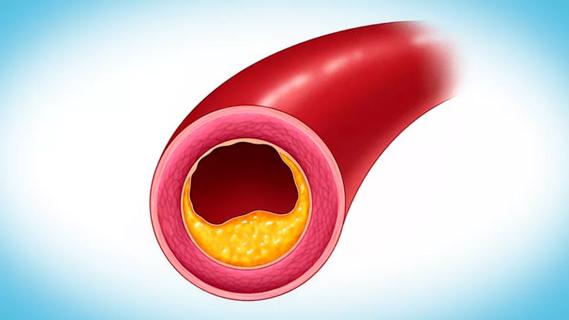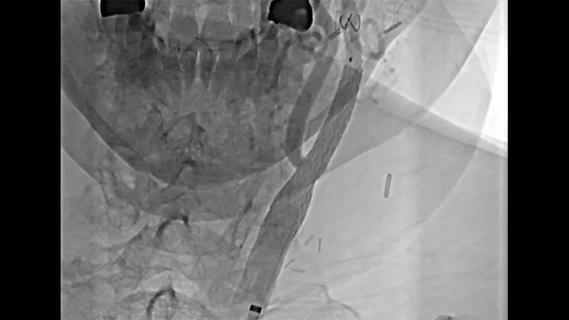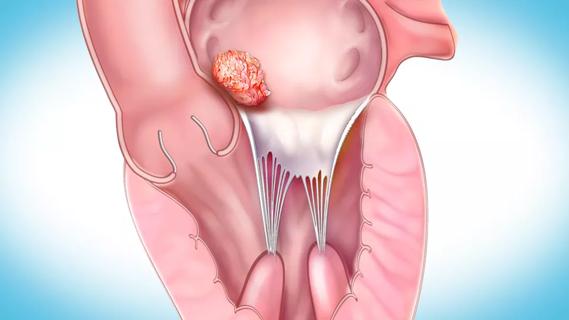Multidisciplinary advice on the care of complex patients with nuanced needs
When a patient presents with dyspnea and other symptoms suggestive of pulmonary embolism (PE) or chronic thromboembolic pulmonary hypertension (CTEPH), a host of questions arise:
Cleveland Clinic is a non-profit academic medical center. Advertising on our site helps support our mission. We do not endorse non-Cleveland Clinic products or services. Policy
Cleveland Clinic approaches the diagnosis and treatment of these complex patients with multidisciplinary teams that include specialists in pulmonary medicine, cardiothoracic surgery, nuclear medicine, interventional radiology, cardiovascular medicine, anesthesiology and critical care medicine.
In the video below, a panel of several such specialists — pulmonologist Gustavo Heresi, MD; cardiothoracic surgeons Nicholas Smedira, MD, MBA, and Michal Tong, MD; interventional radiologist Ihab Haddadin, MD; and vascular medicine specialist John Bartholomew, MD — share their experience and insights relative to the following issues:
Differentiating between PE and CTEPH
Treating subacute PE
Treating acute PE
When to consider CTEPH, including:
Surgical and postoperative management of CTEPH
Due to the complexity of these entities, the optimal management approach for these patients is best decided by a multidisciplinary team. Surgical treatment, in particular, is largely dependent on volume and experience.

Technique may lay groundwork for personalized decision-making in procedural intervention

Cleveland Clinic series supports re-repair as a favored option regardless of failure timing

Cleveland Clinic study points to need for new strategies to curb addiction relapse

Tech-assisted self-selection concurred with clinician-assessed eligibility in >90% of cases

Support for a TAVR-first approach in patients with concurrent valve and coronary disease

Logistic feasibility supported for treating obstructive HCM under the REMS program

Insights from the Cleveland Clinic experience and a multispecialty alliance

Recurrences were rare and survival robust in large Cleveland Clinic study